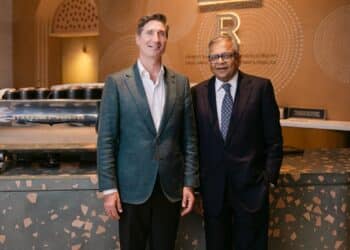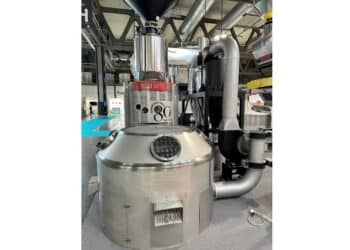Researchers at the University of Sharjah in the United Arab Emirates have patented a technology utilising spent coffee grounds to capture carbon dioxide from industrial processes before it is released into the atmosphere.
Published in August 2025, the patent outlines a method with the potential to reduce environmental pollution, industrial emissions, and anthropogenic carbon dioxide.
The researchers’ approach utilises a blend of spent coffee grounds, polyethylene terephthalate (PET) – a plastic used in packaging – and potassium hydroxide. When combined, they say these components form an effective material for carbon dioxide adsorption.
According to the study, 8 million tons of spent coffee grounds are discarded annually, mostly ending up in landfills where they emit methane and other greenhouse gases. By repurposing this waste, the new method aims to not only capture carbon dioxide but to also contribute to sustainable waste management.
“What begins with a Starbucks coffee cup and a discarded plastic water bottle can become a powerful tool in the fight against climate change through the production of activated carbon,” says Dr Haif Aljomard, Lead Inventor.
Dr Aljomard highlights that the innovation is centred around producing activated carbon through the co-pyrolysis of spent coffee grounds and PET waste, using potassium hydroxide as the activating agent.
“This invention repurposes two abundant waste streams – coffee and plastic – into a high-performance adsorbent,” says Dr Aljomard.
“The resulting activated carbon shows strong potential for capturing carbon dioxide from fossil fuel-based energy systems, contributing to the reduction of air pollution.”





